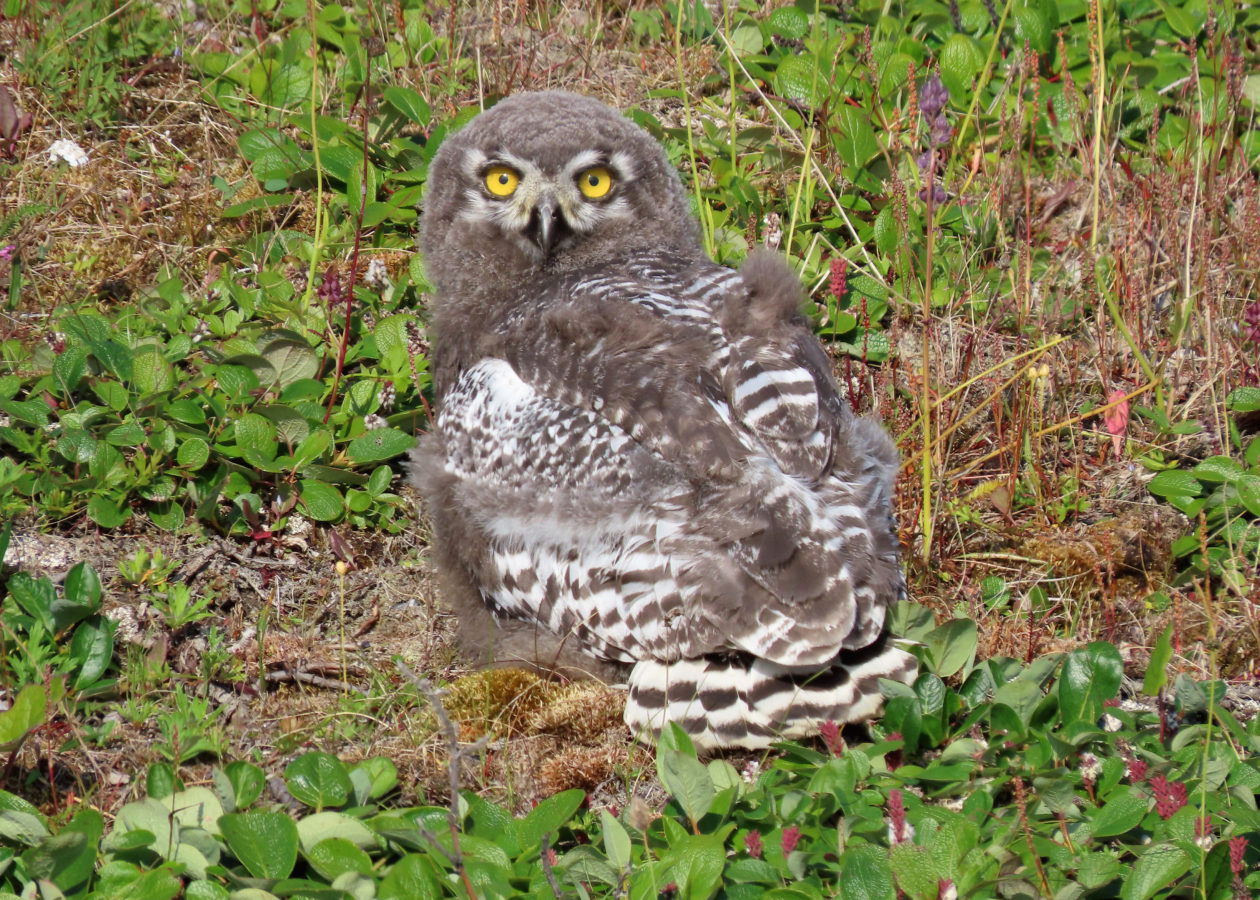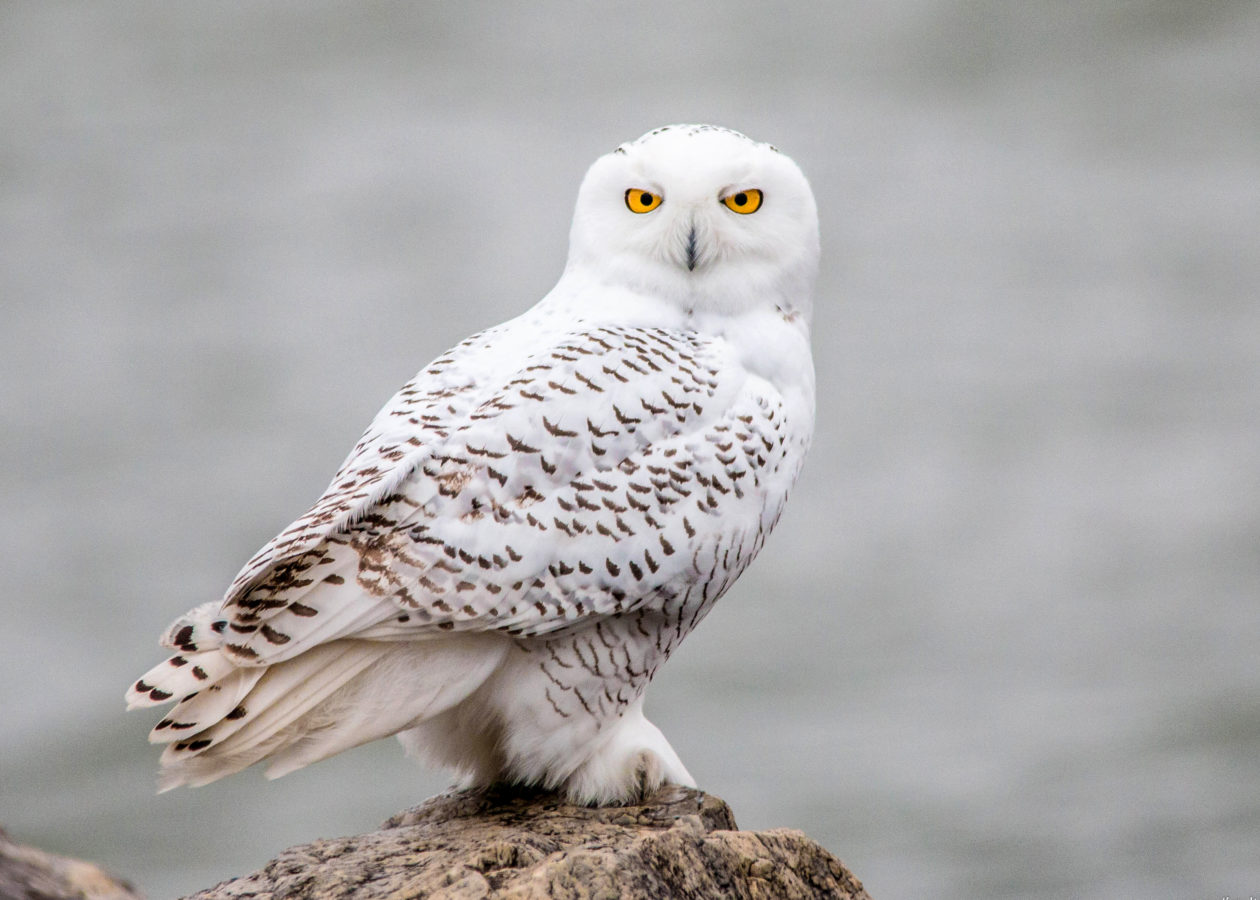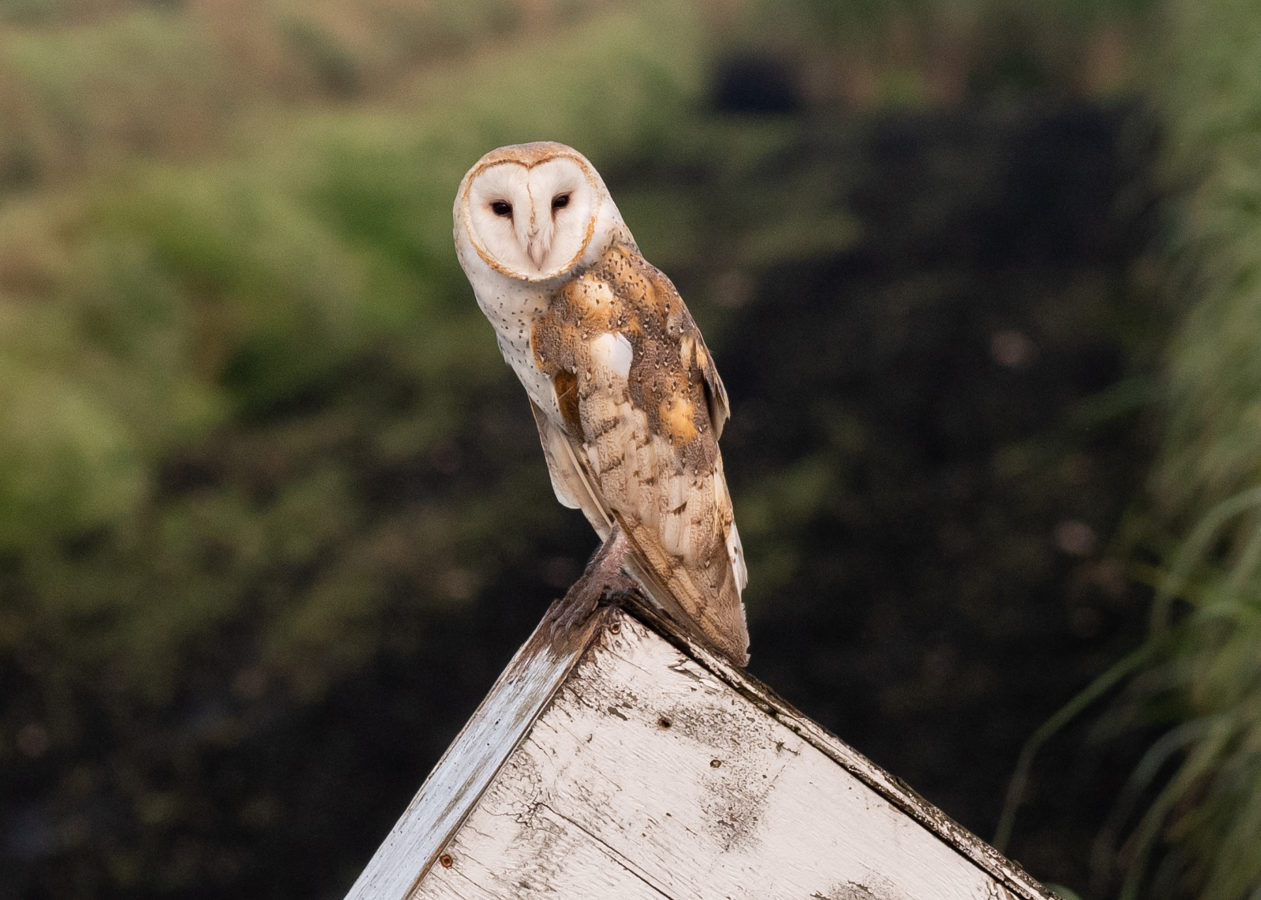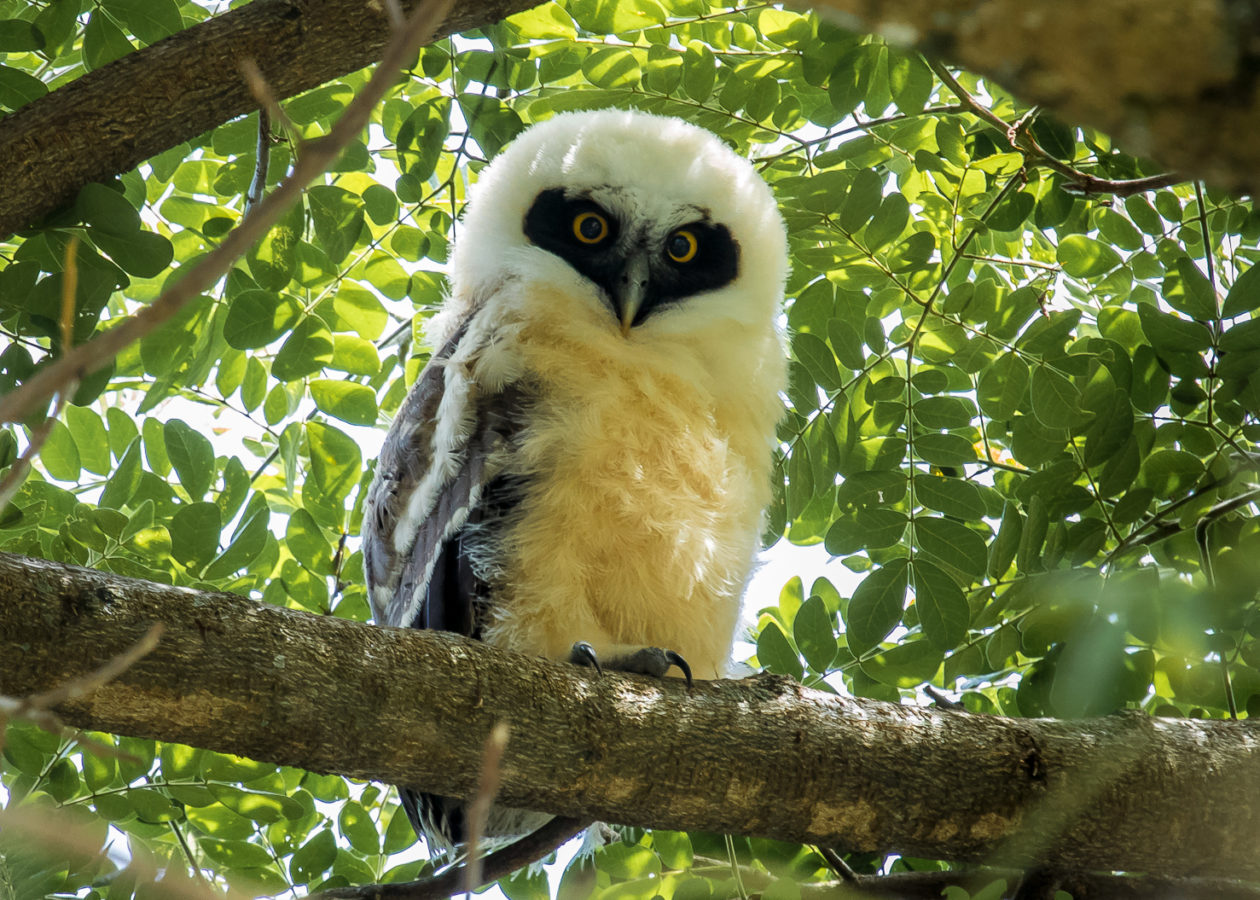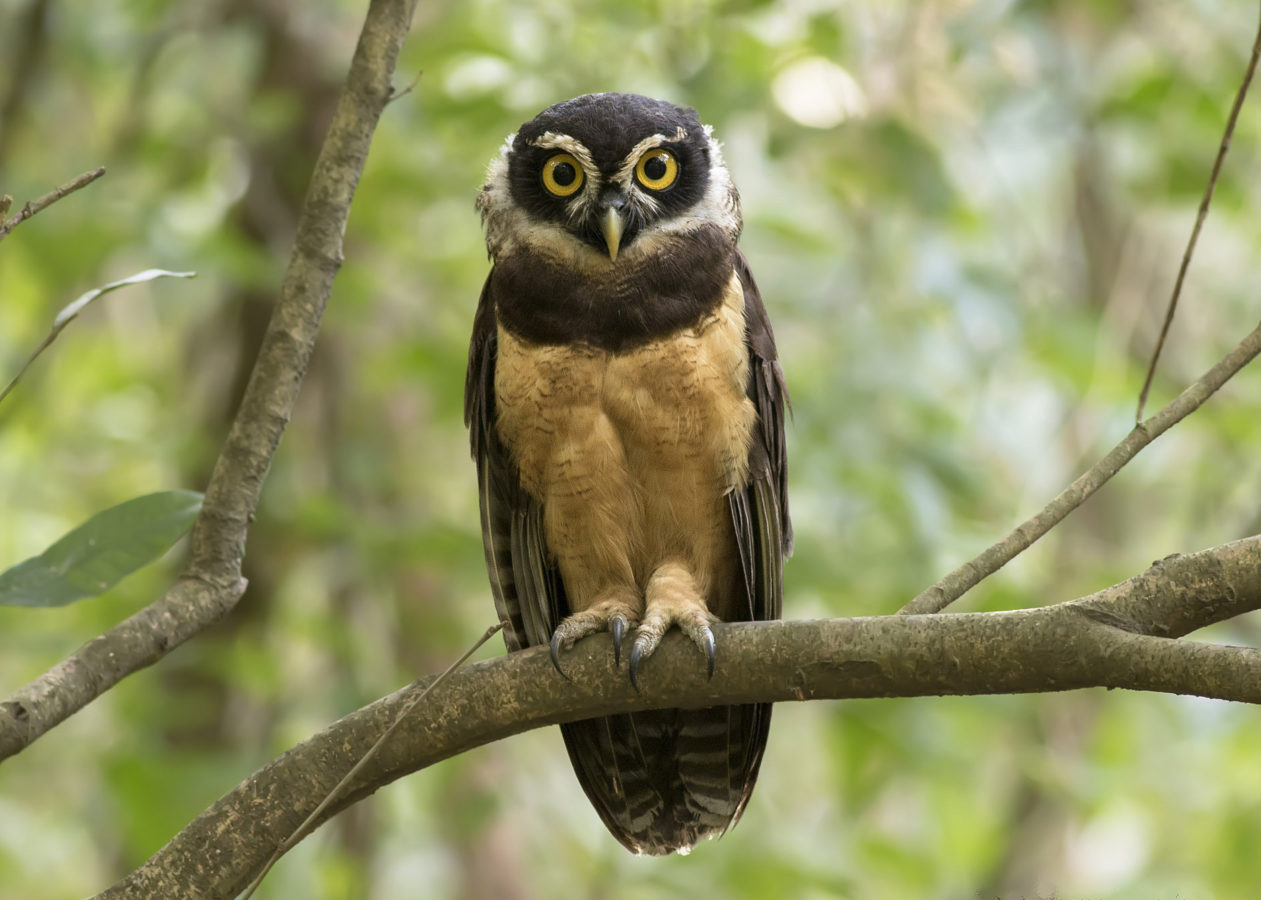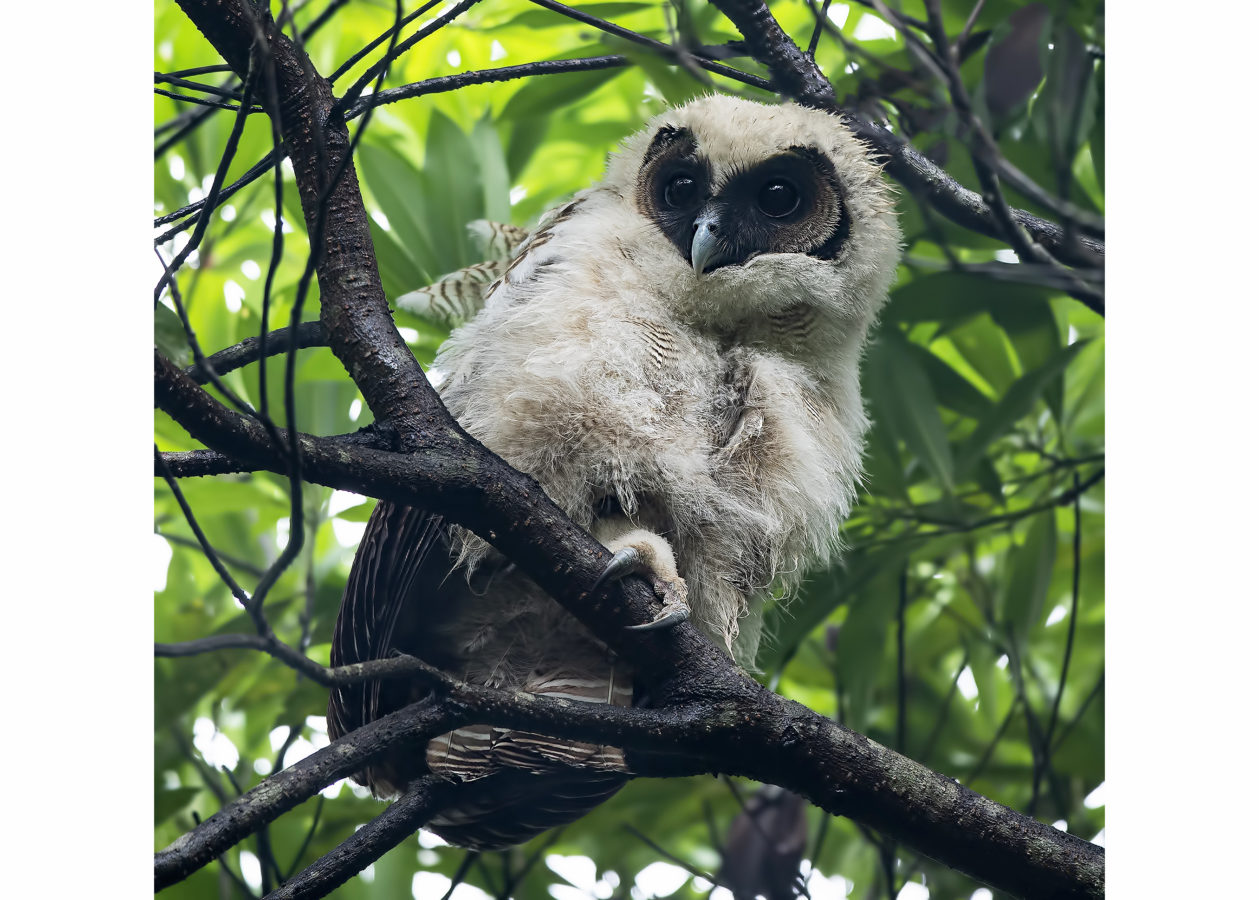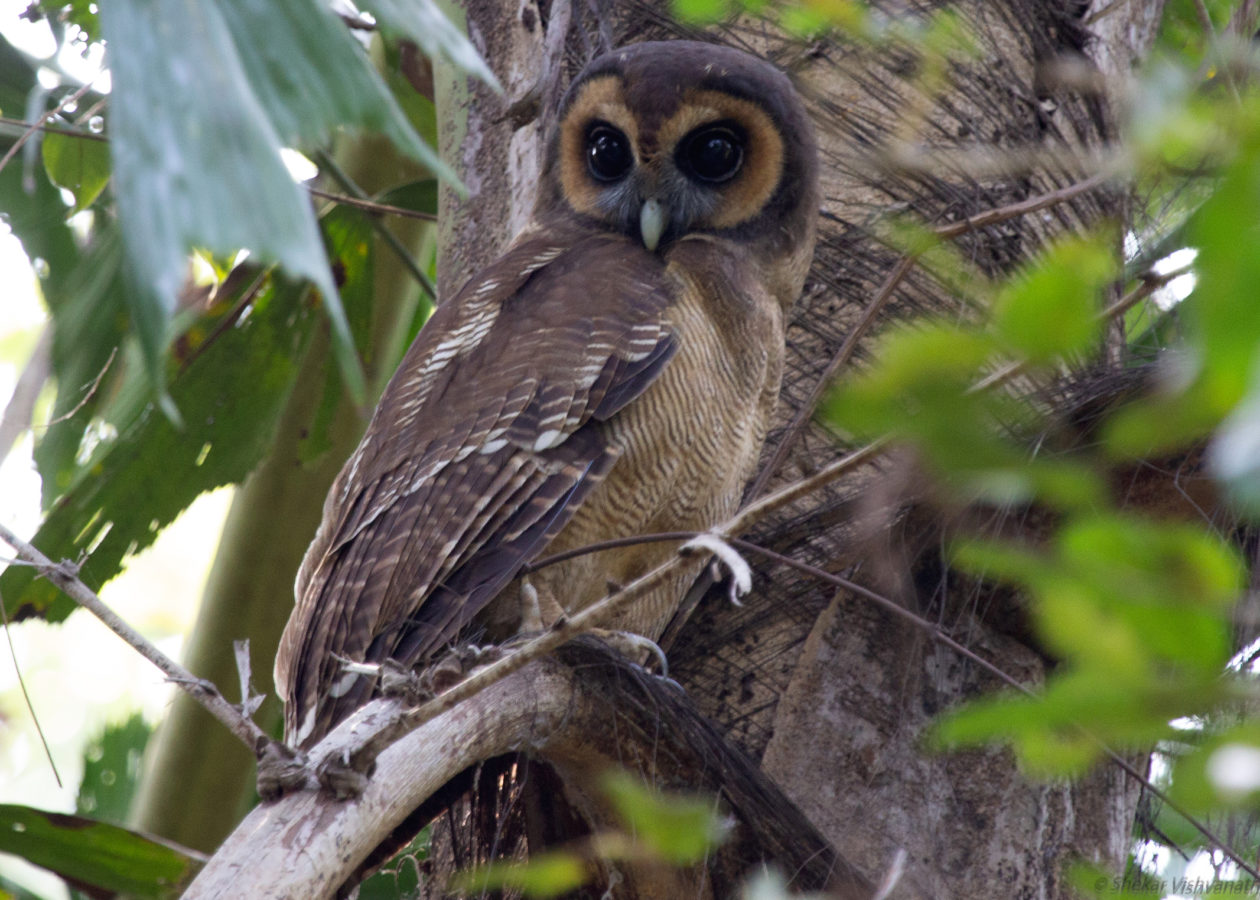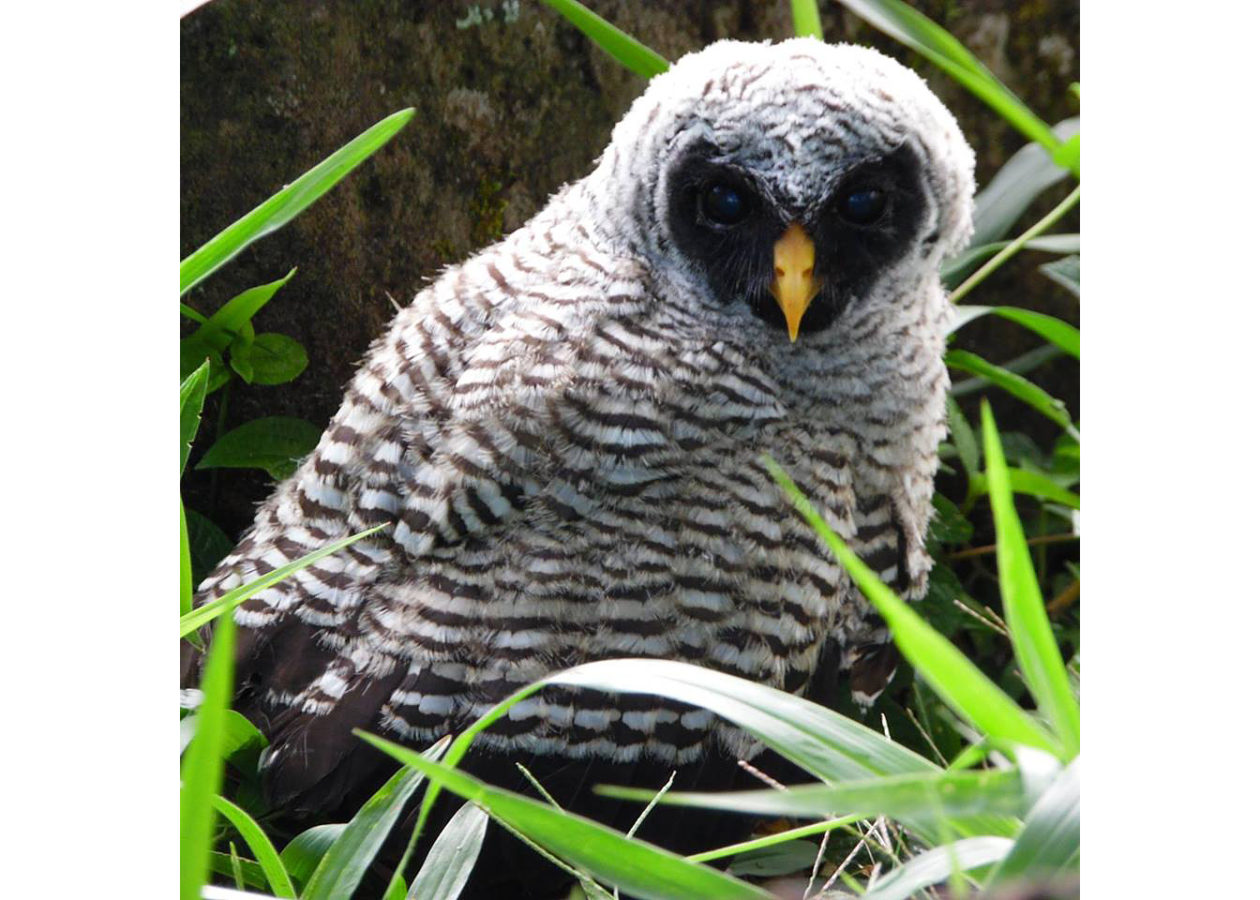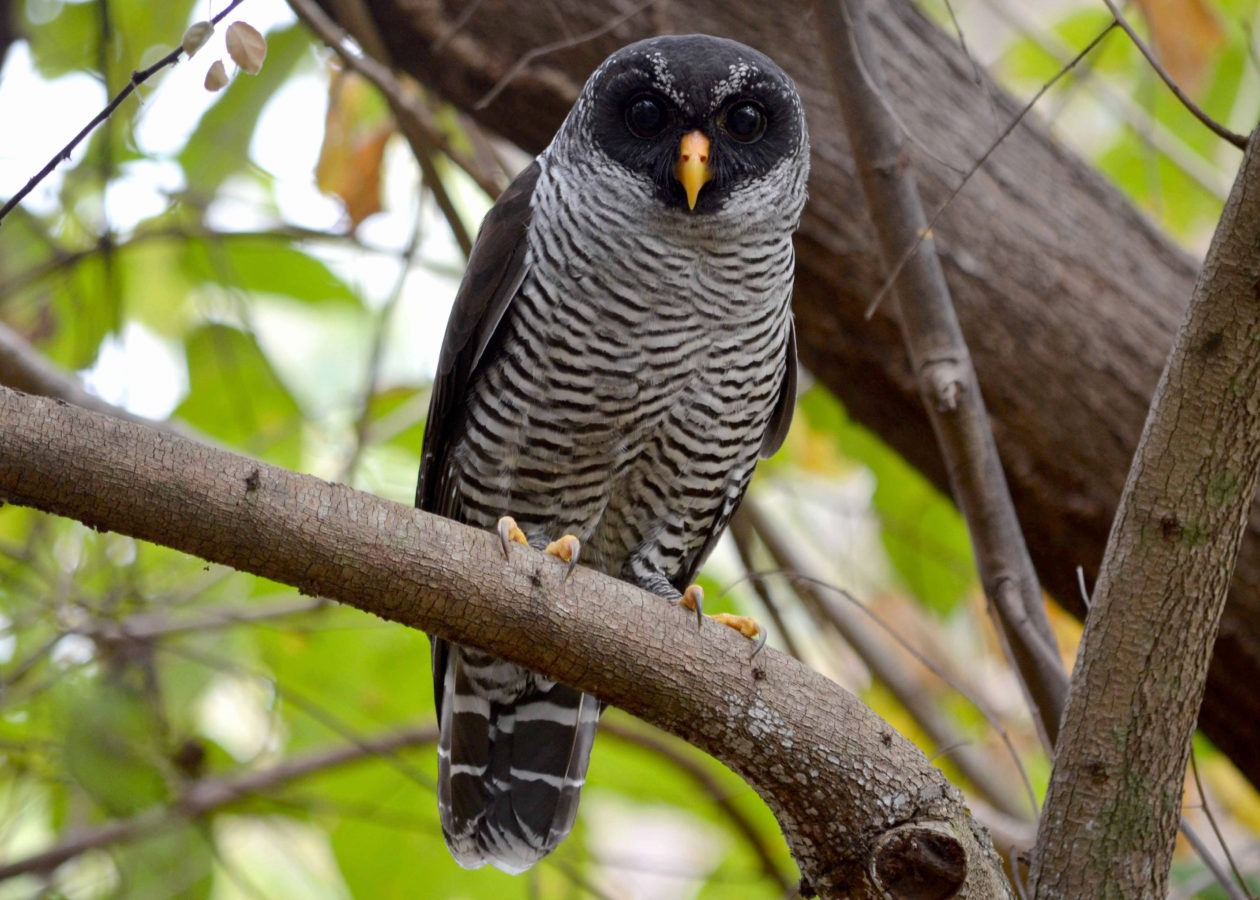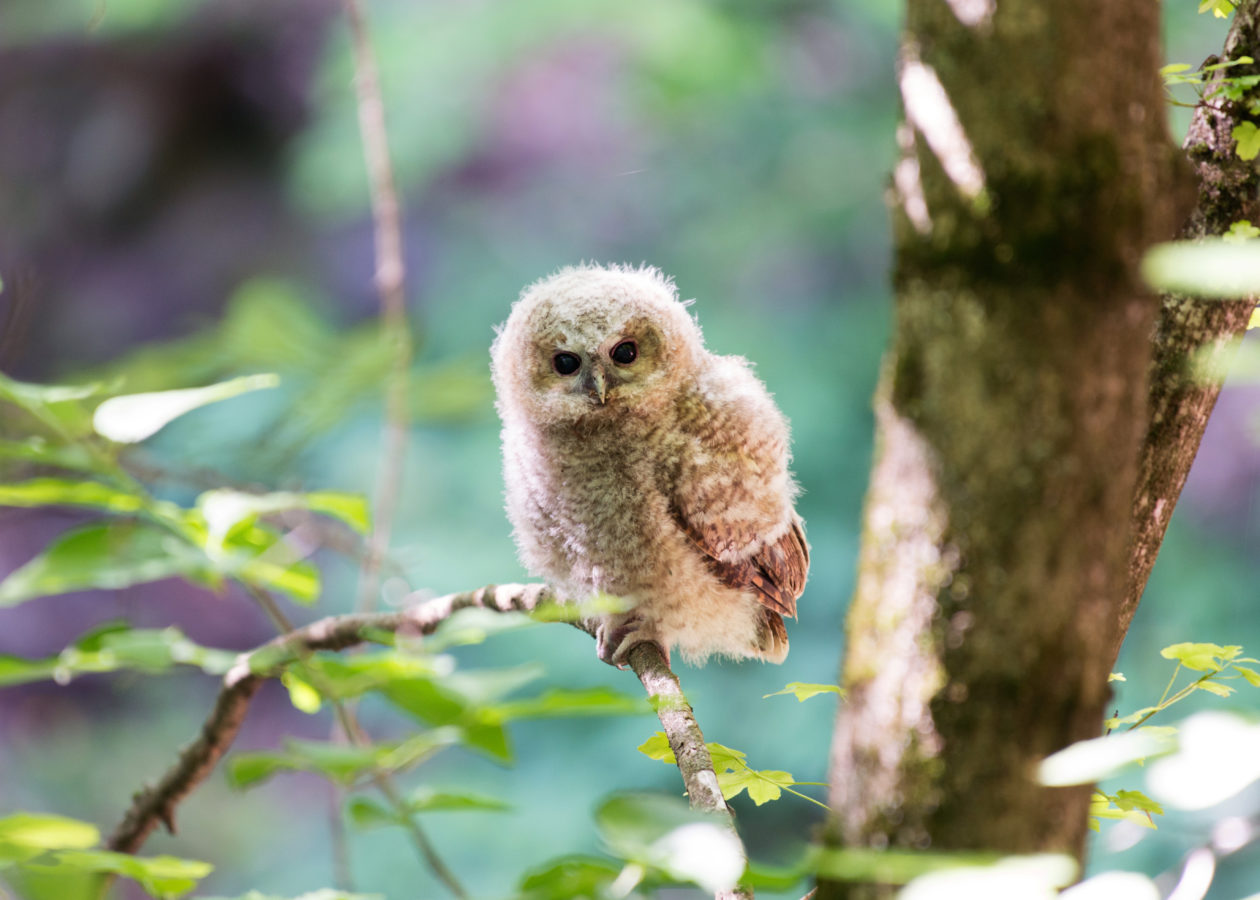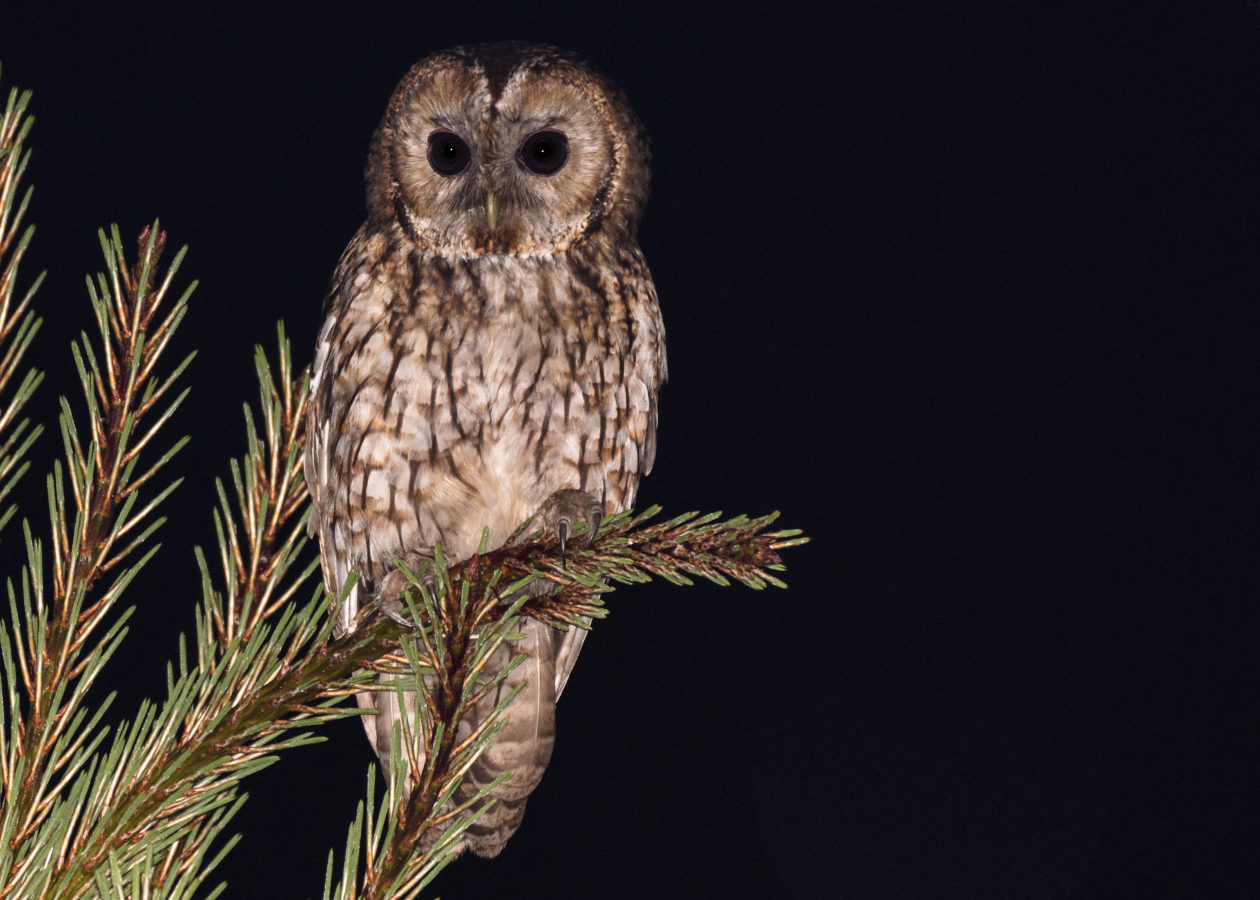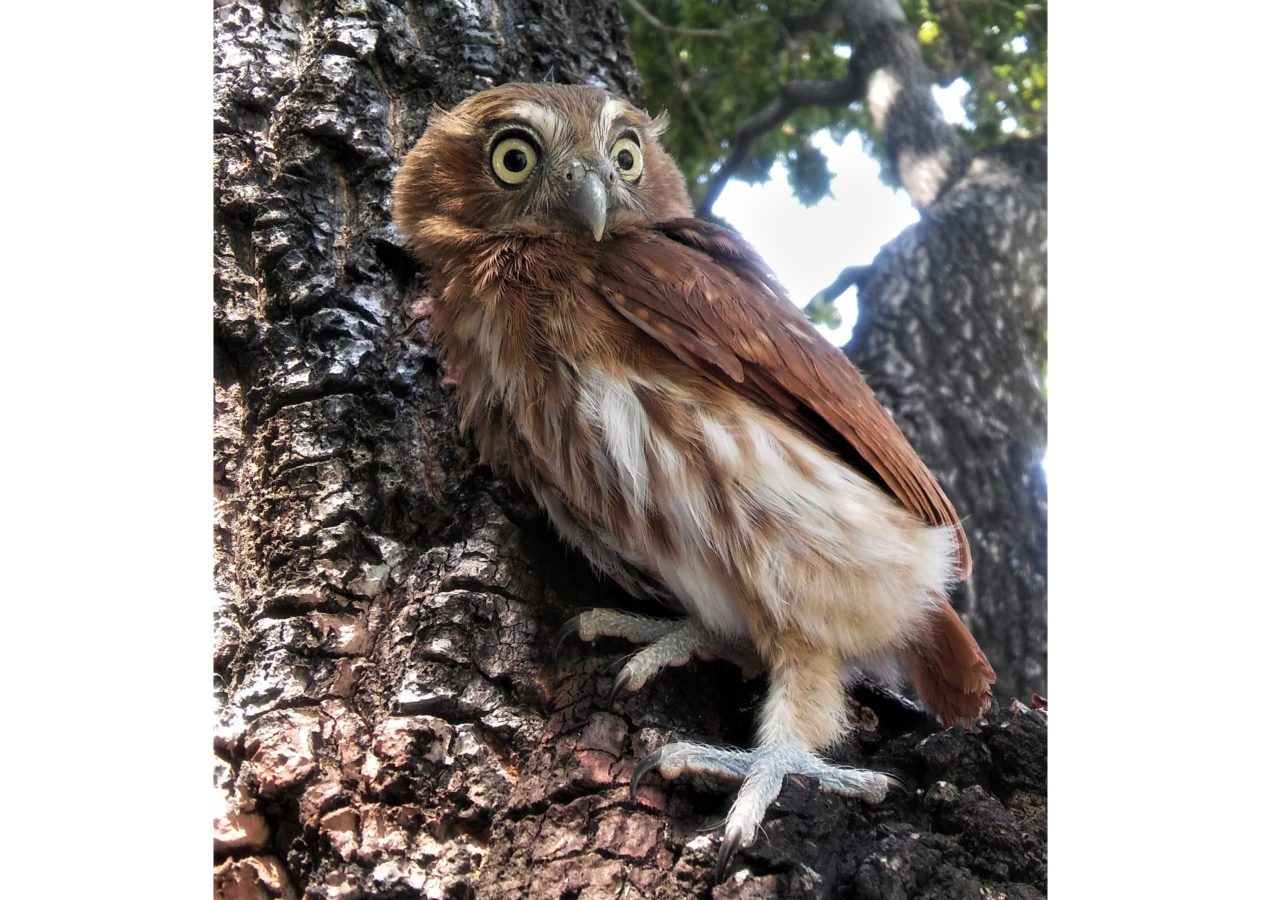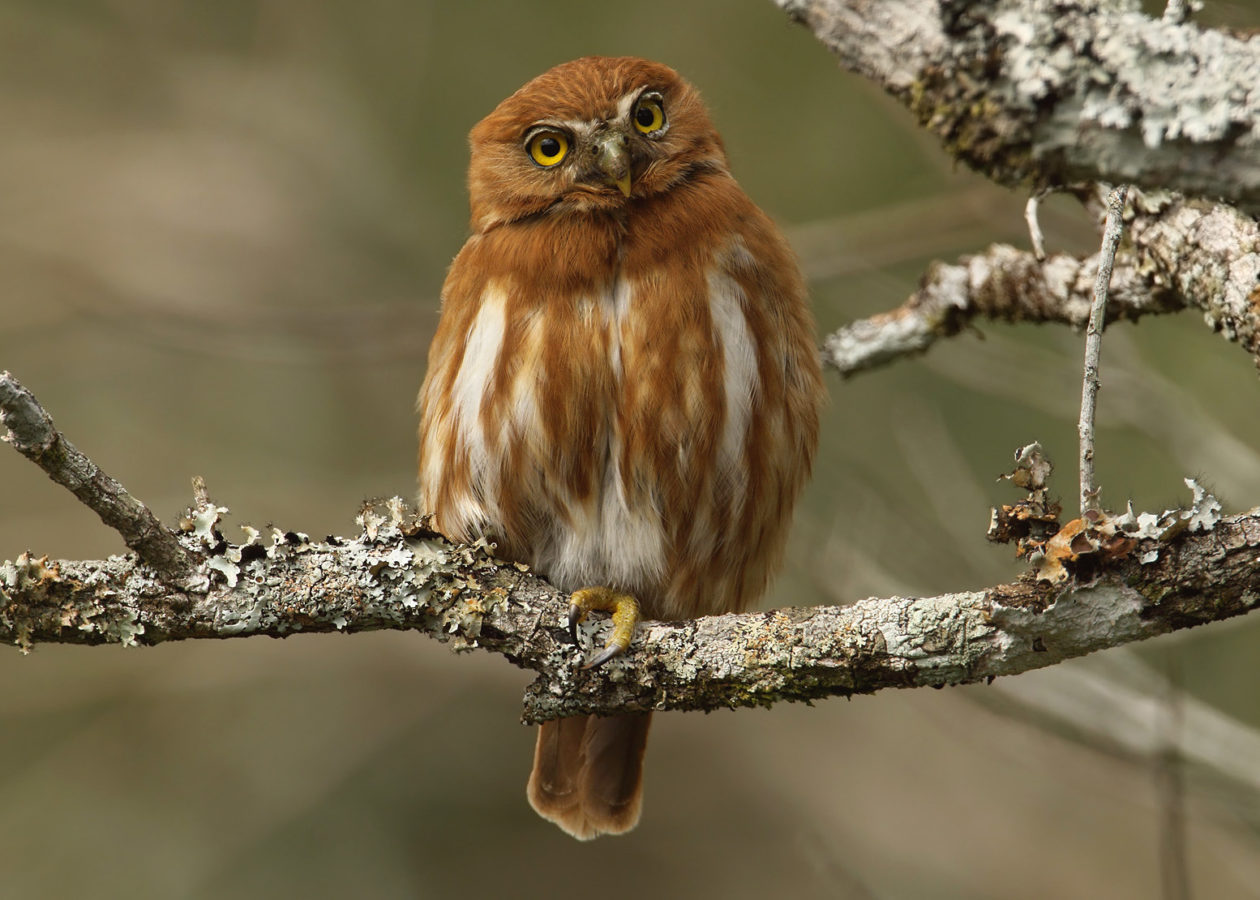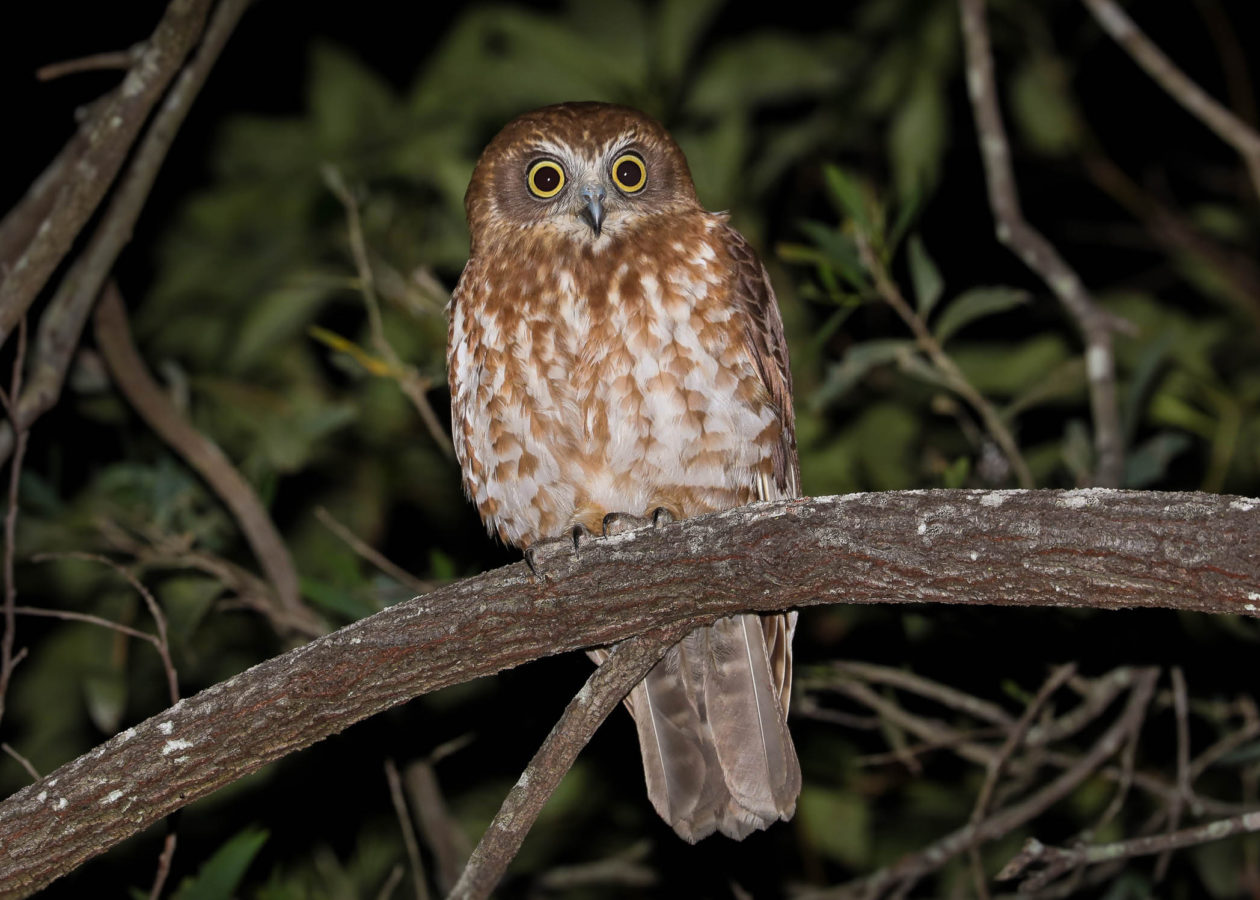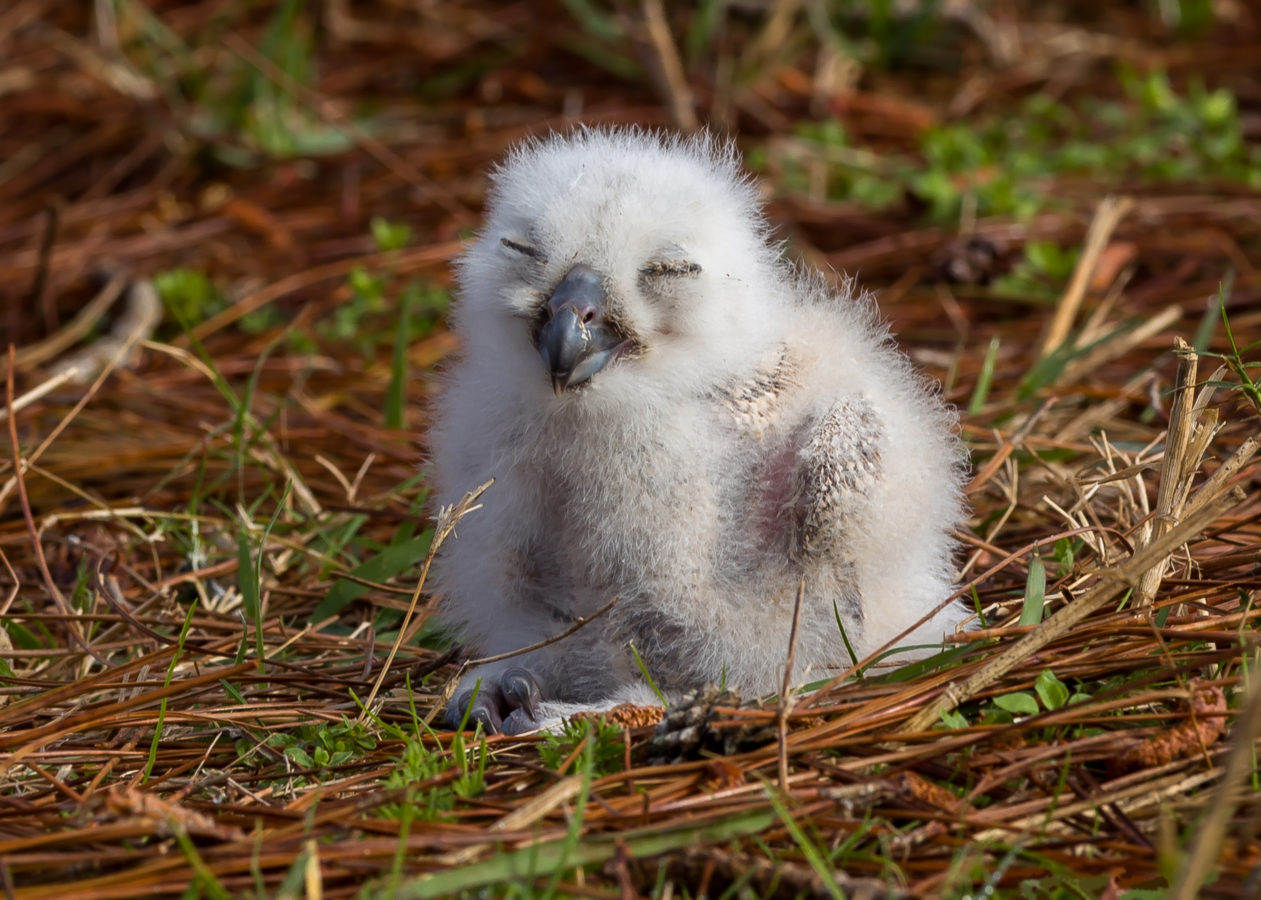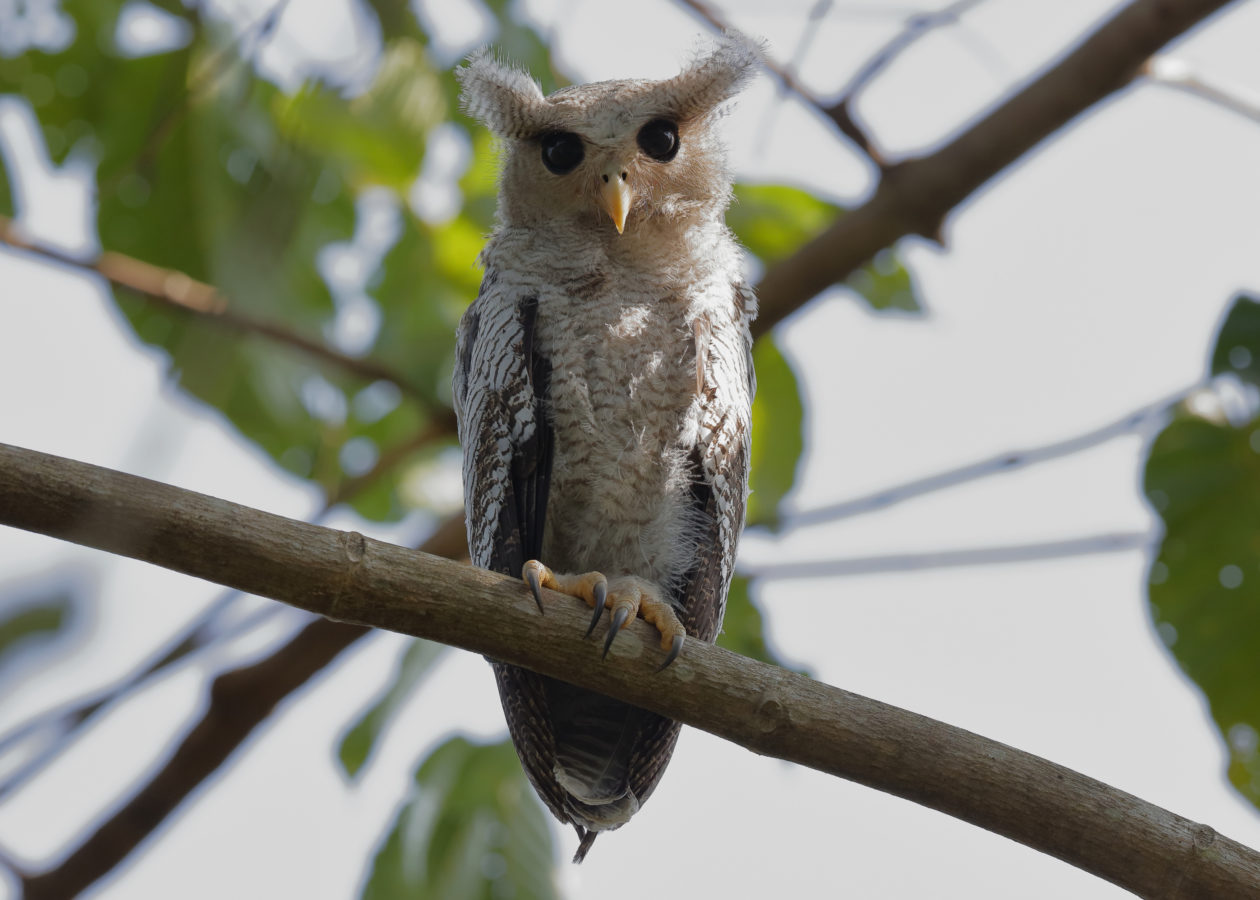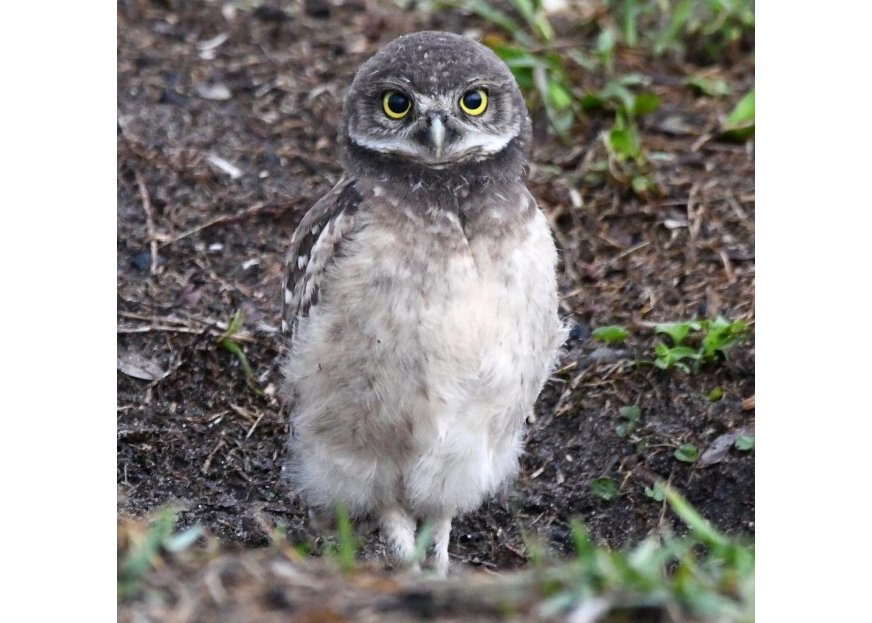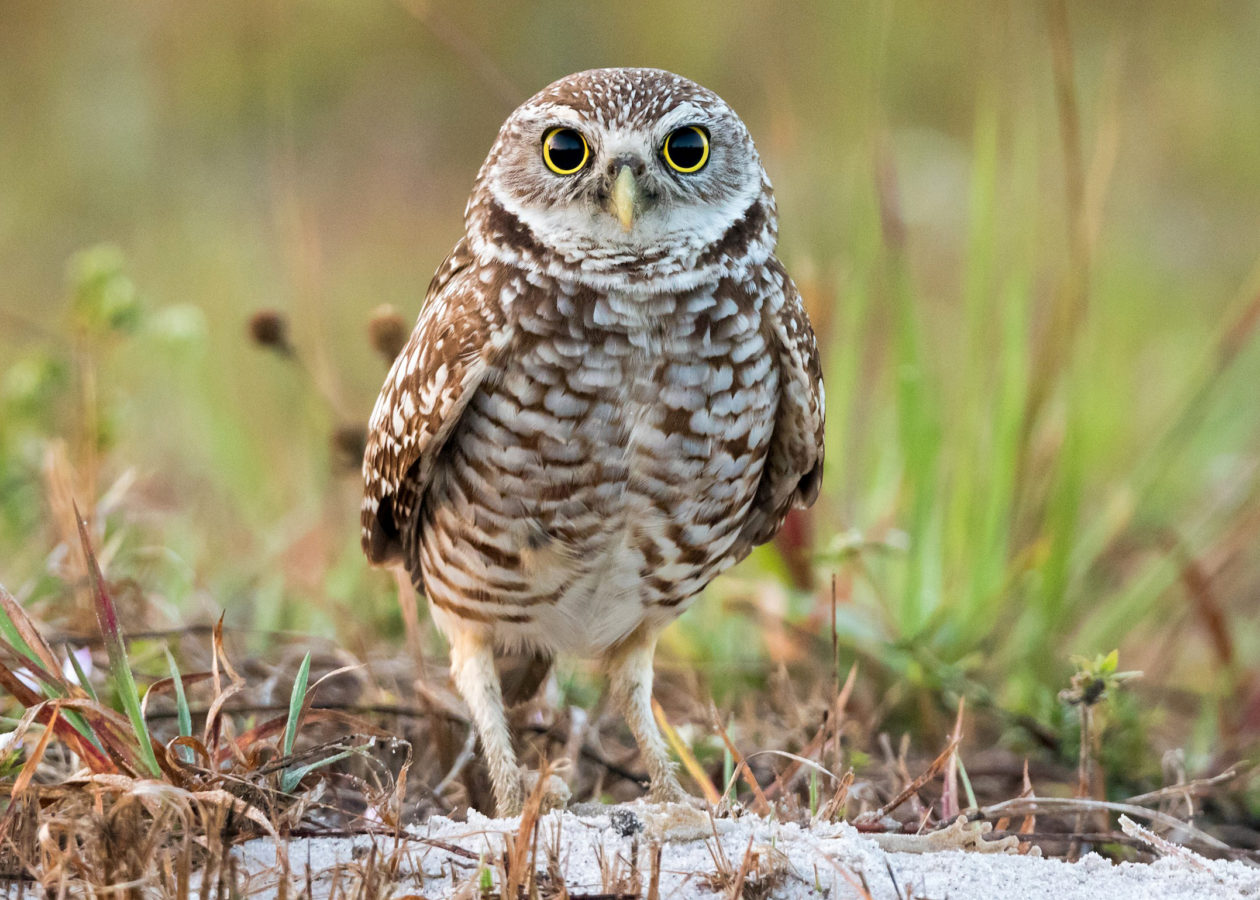Free Preview: The Wonderful World of Owls
Enjoy this preview of content from the self-paced online course The Wonderful World of Owls.
From Lesson 1: What Makes an Owl an Owl
Owls are instantly recognizable, but what truly sets them apart from other birds? And why do they have such special significance to us?
They’re on every continent except Antarctica, and they’re found in almost every habitat–forests, grasslands, tundra, deserts. They’re one of the most successful types of birds on Earth. I’ve always been fascinated by owls. When I was a teenager growing up in Ohio, a Snowy Owl was spotted a few dozen miles from my house. I managed to tag along with some older birders to try to find it. We spent a few hours in the car, and finally, we spotted it. Or at least, I thought we had. But it turned out to be an empty fast food bag sitting in the field.
Later that week, after a lot of pleading, I got my mom to take me out, and this time, we actually found the owl. It almost seemed like a make-believe creature, rather than a bird, a strange being from the land of ice and snow that somehow stumbled into my world. Then it flew up onto a big sign along the highway, and the spell broke a little bit. It became a bird in the ordinary world again. But not an ordinary bird. It was a snowy owl. So what makes an owl an owl? Even though there are lots of kinds of owls, they all pretty much look alike. There are large owls, medium-sized owls, and small owls, some with ear tufts, some without. But I bet I could show you any owl on Earth, and you’d know it’s an owl. All owls have a relatively large, rounded head and forward-facing eyes. This helps them have good depth perception for catching prey.
Most other birds have eyes on the sides of their head, which helps them look for predators. The bill is short and down-curved for ripping meat. When an owl looks right at you, the bill kind of looks like a human nose. The combination of head, eyes, and bill make it look very much like a human face. That’s probably a big part of what makes owl so special to people. They look like us, but they can fly. Owls have chunky bodies, and usually a short tail. They have moderately short, but powerful legs, with strong feet and sharp talons for grabbing prey. And their feet have an unusual arrangement of toes, with two toes forward and two behind, unlike most kinds of birds, which have three toes forward and one behind.
Another important feature of owls is that they mostly hunt at night. In fact, owls own the night all over the world. Owls hold the top nocturnal aerial predator role, grabbing mammals and even birds out of the darkness. The night skies are theirs, with little to no competition from other birds, and just a little from bats. There are few types of birds that dominate their foraging niche around the world the way that owls do. So how did they do it? Well, like all raptors, they have sharp beaks and powerful talons, but on top of that, owls have developed nighttime superpowers. They have amazingly good vision in low light. They have exceptional hearing, being able to catch prey by sound alone. And they have almost silent flight, so they can sneak up on their victims.
As creatures of the night, owls can be hard to see and observe. Maybe that’s part of the appeal. They’re unfamiliar, even though they seem so familiar. So let’s dive in and explore the amazing anatomy, behavior, and ecology that’s made these creatures so fascinating to people for thousands of years.
Biggest? Smallest? Oddest? Cutest? Explore the winners of Bird Academy’s Superb Owl awards.
So what’s the largest owl in the world? Well, that kind of depends on what you mean by large. Do you mean height? Weight? Wingspan? The tallest owl in the world is probably the Great Gray Owl of northern North America and Eurasia.
It can reach up to 84 centimeters, or 2 feet 9 inches tall, about as tall as a Golden Retriever. But, the Great Gray is all feathers and doesn’t weigh much. And its wingspan isn’t that impressive either.
Blakiston’s Fish-Owl of Northeastern Eurasia is slightly shorter, but it weighs nearly twice as much as a Great Gray. And it has the widest wingspan of all the owls, at up to 190 centimeters, or 6 feet 3 inches, longer than most people can stretch out their arms.
The Eurasian Eagle-Owl is as tall as the Fish-Owl, with a slightly smaller wingspan. But it’s the heaviest owl, weighing as much as nine pounds, or four kilos, about as much as a newborn human baby.
Fossil remains have been found for owls much larger than those alive right now. The largest that we know about so far is an owl called Ornimegalonyx, from Cuba, that lived over 10,000 years ago. This giant was about 3 feet 7 inches tall, or 1.1 meters.
It was a terrestrial bird with reduced wings and breastbone, and probably was not a great flier. Instead it likely terrorized terrestrial prey, capturing them from the ground with the strongest claws we know of for any owl. This image is a life-sized drawing of that bird at the Cornell Lab of Ornithology that you can come visit at some point. Come stand beside it and see for yourself just how big this owl was.
The smallest owl in the world is the Elf Owl of southwestern U.S. and Mexico. It’s only about 13 centimeters, or five inches high. And weighs around 40 grams, or one and a half ounces, about as much as a candy bar. The Long-whiskered Owlet, a recently discovered species found in one small location in Peru, was approximately the same size. But given there’ve only been a handful of these birds ever measured, we don’t know if it’s the true runner-up for smallest.
A number of the pygmy-owls and owlets in the genus Glaucidium are not much larger. Probably the smallest Old World owl is the Eurasian Pygmy-Owl. It’s about 6 inches, or 15 centimeters high, and weighs just a little bit more than the Elf Owl.
Most owls eat big insects, other large invertebrates, such as earthworms or crayfish, and vertebrates, like amphibians, reptiles, birds and especially mammals. But, two genera of owls specialize in eating fish: the fish-owls and the fishing-owls.
They’re so specialized on fish that their feet are different than other owls’. All but one of the species has bare legs and feet instead of feathered. And they all have spiky scutes on the bottom of their toes that help them grab slippery fish.
Owls, being creatures of the night, don’t have a lot of chance to show off bright colors. So there are no really colorful owls. The best they do is have some shades red, and perhaps a bit of dull yellow or buff. A number of small tufted owls have red morphs, and maybe they’re the most colorful owls.
But you’re never going to be amazed by any owls with bright colors. Any that you see on the internet with blue eyes or brilliant plumage are fakes. With no brilliant colors, are there any really pretty owls?
Well sure there are. It just depends on what you find pretty. Almost all owls have intricate patterning on their feathers that renders them interesting. But the fine lining and patterns actually make most of them very camouflaged during the day. In the hand they’re lovely. On a tree branch they can be practically invisible.
So which owls stand out? Here are a few that I personally find attractive. The Spectacled Owl has an interesting facial pattern, and the yellowish unmarked belly make it distinctive. The Black-and-white Owl is very striking with his black face and bold barring across its body.
And the White-throated Screech-Owl is very handsome. With its brown head and back, and a dash of color on the belly, and a strong accent of a white throat.
So which owl has the longest ear tufts? It can be hard to judge, but the Crested Owl of Central and South America is probably the winner. Although the Barred Eagle-Owl of South Asia is close.
So many owls do so much the same throughout the world. There aren’t many owls that seem to have gone off on their own doing weird things that no other owls or other birds do. The Burrowing Owl is an exception. Instead of nesting in trees, or even on the ground, it nests underground in burrows.
Sometimes burrows that they’ve dug themselves. But more often they take over ones that some mammal or reptile has excavated. They also nest in loose colonies, being much more social than any other owl. Strange birds.
So what’s the most widespread owl? Well, the Barn Owl wins this one easily. It’s found on every inhabited continent, and even out onto far-flung oceanic islands. The Short-eared Owl is a close runner-up, but it’s not found in Australia. Here are a few honorable mentions.
Long-eared and Boreal Owls are found all around the Northern Hemisphere. In the New World, the Great Horned Owl is notable for its distribution from the near Arctic regions of northern Canada, down to Tierra del Fuego in very southern South America.
In the Old World, the Eurasian Eagle-Owl is found across the entire supercontinent. So what’s the rarest owl? Well given how hard owls are to find, it’s difficult to know which one wins this trophy. For example, what about the Congo Bay-Owl?
It’s been described from only two specimens in Central Africa. And there are only a few photographs, and no sound recordings of the bird in the wild. The specimens clearly showed an owl that was different from anything else on the continent. But where does it live?
Is it endangered? Or is it common in the restricted area where it lives? And there are several other owls like this in the world, only discovered somewhat recently and not really very well studied. I think it’s pretty cool that even for birds as familiar as owls we’re still figuring out just all the different kinds that are out there, and how common or rare they are.
So what’s the cutest owl? Well there’re probably way too many candidates to pick one. And when they’re chicks, they’re even cuter. These are just a few of the more interesting owls that are out there.
There are lots more to explore. I hope this inspires you to read up more about the different owls that are out in the world.
From Lesson 2: How Owls Rule the Night
Owls have all sorts of fascinating adaptations for nocturnal hunting, but the part of owl anatomy that gets the most attention is how far they can turn their heads. How far can they really go?
They can easily look behind themselves at 180 degrees, and they can even turn farther than that, twisting almost 3/4 of the way around, nearly 270 degrees. That is way more twisting than we can do.
Humans can only turn their head roughly 90 degrees to each side. That’s because we’re mammals, and like almost all mammals, we only have seven vertebrae in our necks. Most owls, on the other hand, have 14 neck vertebrae. All those extra bones in the neck give their head-twisting abilities a major boost. And in general, birds’ necks are more flexible than mammals’.
All these features allow owls to turn their heads pretty far, but compared to other birds, this isn’t anything special. Almost all birds can look directly behind them. For many, that’s often how they sleep or preen. So if so many birds can turn their heads to look behind them, why don’t we think anything about that? Why does it look so creepy when owls do it? I think the main reason is we can see ducks’ necks, but we can’t see owl necks.
In owls, the head is large and covered with feathers that go down to the breast. When the head turns, it looks like it’s just pivoting around a fixed point, more like a human than other birds. In reality, its neck is twisting up and bending in multiple places, just like any other bird neck, but it’s hidden under all those feathers. The whole effect is like a human head turning too far, but that’s just an illusion. So now you know how it’s done. Does that make it seem any less creepy?
From Lesson 3: The Life of an Owl
Throughout the course you’ll find opportunities to explore interactive learning tools like this one that shows you owl chicks and reveals what kind of adults they grow up to be.
Enroll in The Wonderful World of Owls Now!
Thanks for previewing sample videos and an interactive from The Wonderful World of Owls. There are more videos and interactives like these to learn from in this self-paced course—plus text, image galleries, and sound collections—to help you dive in and get to know owls.
